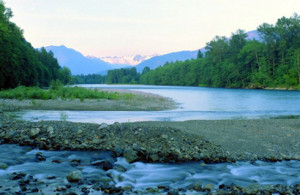 Skagit County Planning Department issues its first residential building permit with rainwater collection as sole source of water.
Skagit County Planning Department issues its first residential building permit with rainwater collection as sole source of water.
Property owners affected by the in stream flow rule in the Skagit Valley river basin now have a viable solution for residential development of their properties.
Last week, Skagit County Health Department issued a “water availability” based on rainwater collection, allowing construction of a single family residence using rainwater as the sole source of water.
The system design collects rainwater from the roof, which is pre-screened and conveyed to 10,000 gallons of storage adjacent to the house. The water is pressurized, then filtrated using sediment and carbon filters and disinfected by ultraviolet light for whole house, potable use. With an average annual rainfall of 33.2 ” and 3,500 sq. ft. of roof, 72,392 gallons are available for collection. After household use. the water is returned to the soil through the septic system and leach field just like a well system with no ill effects on the in stream flow rates.
Simple, routine maintenance conducted by the homeowner will supply this 3 bedroom, five occupant home with a safe, reliable, clean source of potable water while benefitting “in stream flow” and salmon habitat.

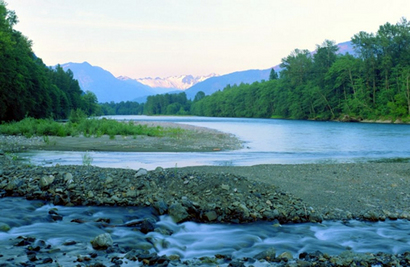
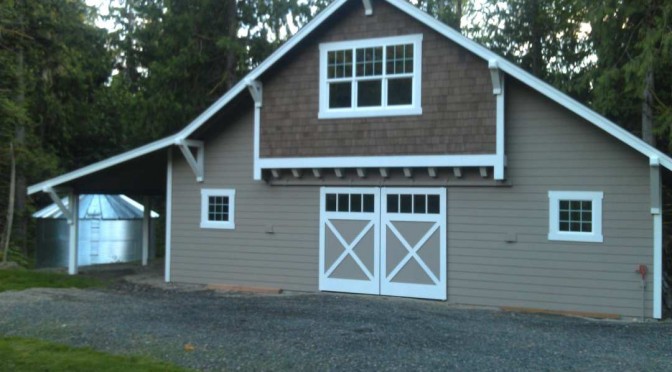
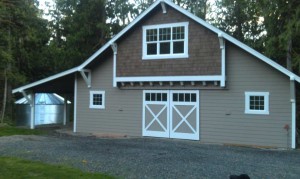 Whether your rainwater collection system consists of simple rain barrels or whole house potable usage, maintenance of your system is essential to its successful operation. Simple tasks will keep clean water flowing for years to come with little effort.
Whether your rainwater collection system consists of simple rain barrels or whole house potable usage, maintenance of your system is essential to its successful operation. Simple tasks will keep clean water flowing for years to come with little effort.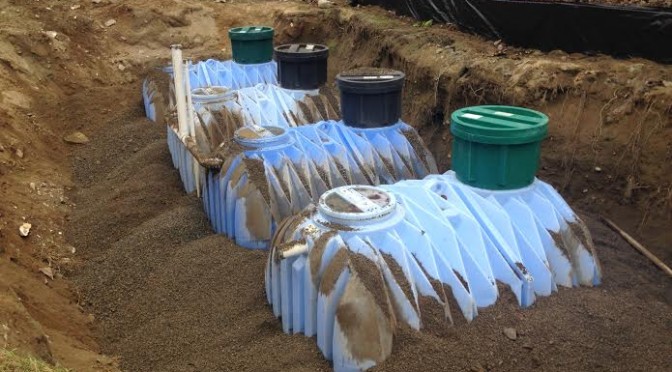
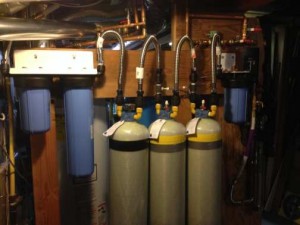 As many commercial buildings are finding out that rainwater catchment can save money, Seattle homeowners are discovering that a well designed-rainwater collection system for potable usage can save money for them as well.
As many commercial buildings are finding out that rainwater catchment can save money, Seattle homeowners are discovering that a well designed-rainwater collection system for potable usage can save money for them as well.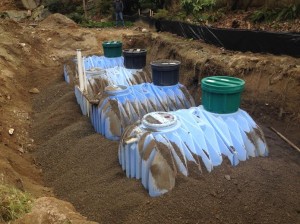 Buried tanks allow a homeowner to store a significant amount of rainwater without taking up any of the yard area or having tanks alongside the house, leaving landscaping to be the focal point not water storage. RainBank is a leader in innovative designs to fit customers’ wants and needs for residential and commercial water use of rainwater collection.
Buried tanks allow a homeowner to store a significant amount of rainwater without taking up any of the yard area or having tanks alongside the house, leaving landscaping to be the focal point not water storage. RainBank is a leader in innovative designs to fit customers’ wants and needs for residential and commercial water use of rainwater collection.